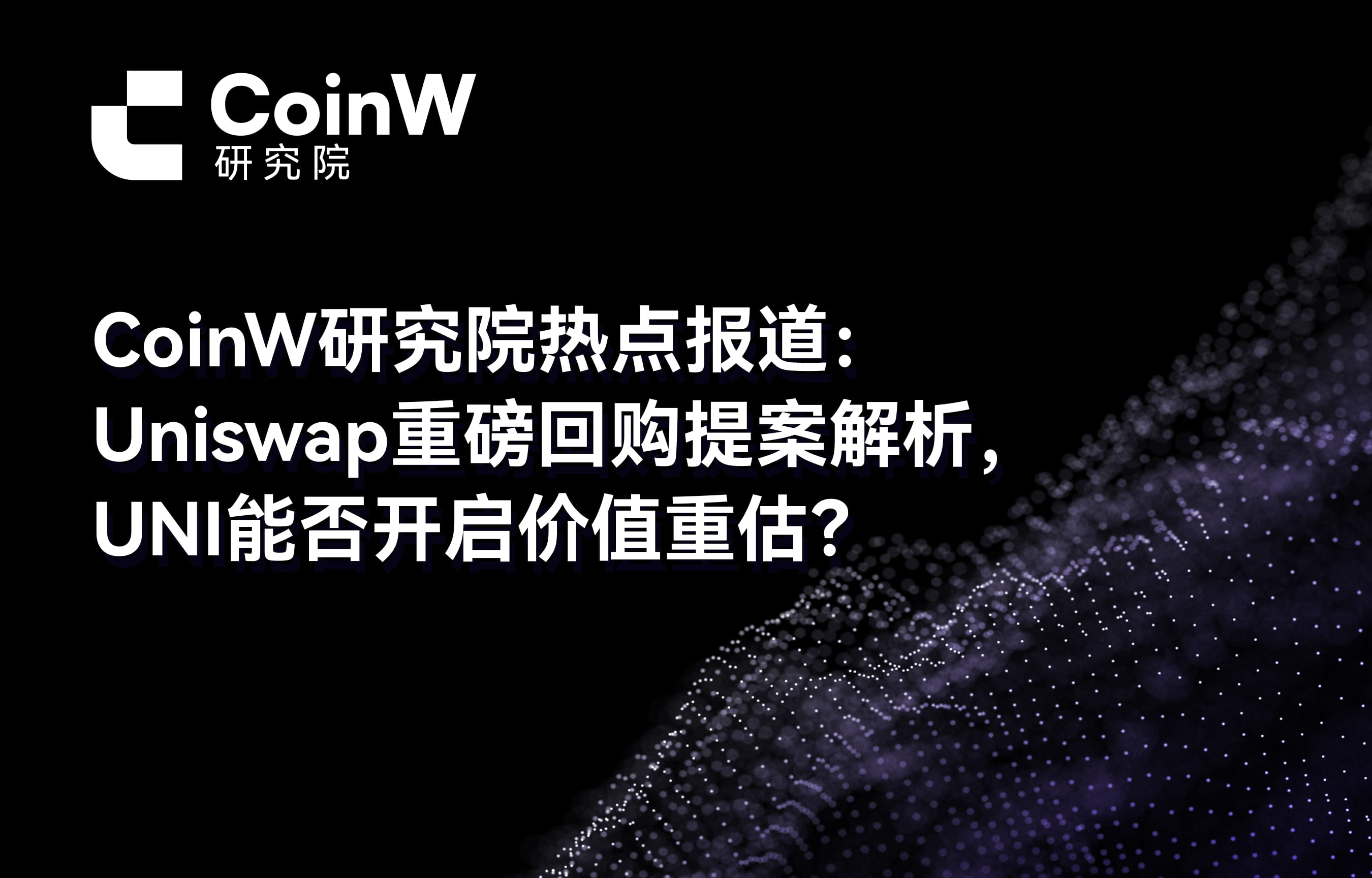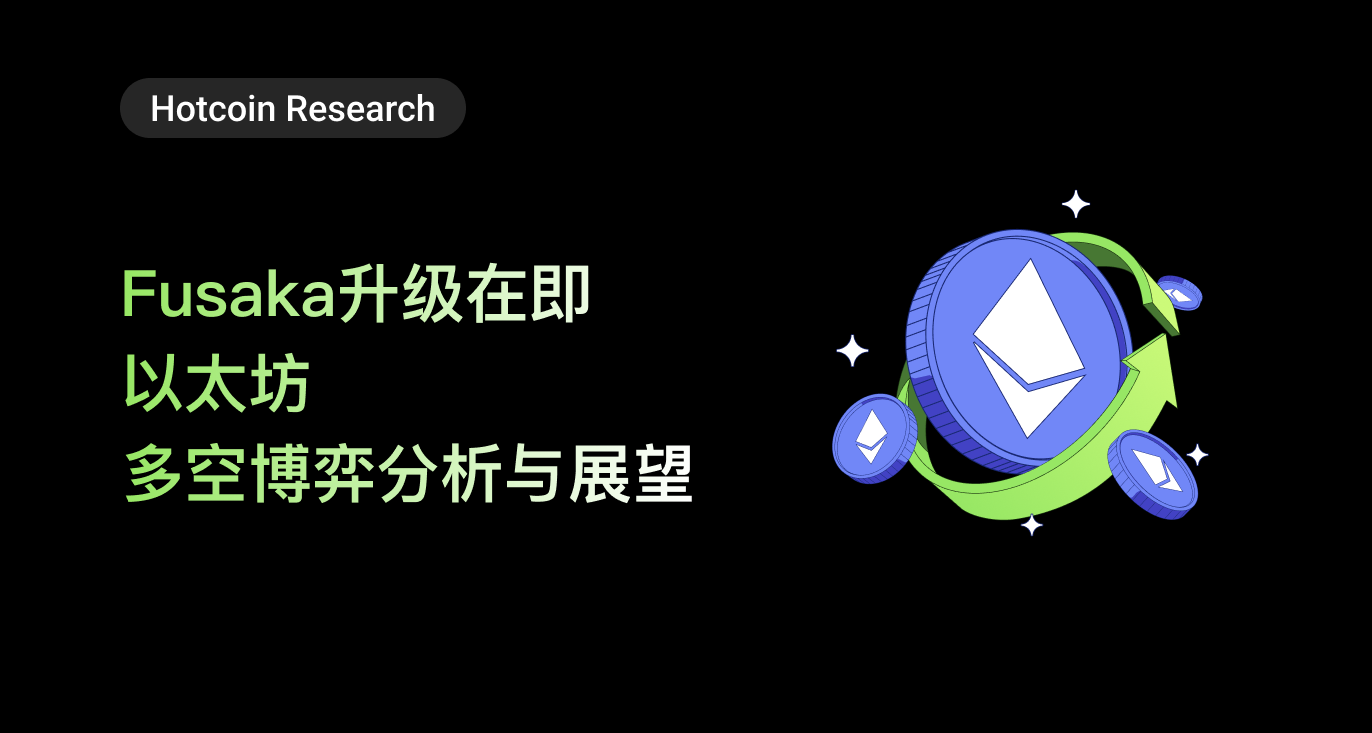CoinW Research
Abstract
Recently, Monad has become one of the most talked-about new projects in the industry. It is not only the first token project on Coinbase's new public fundraising platform but is also seen as a representative of the "high-performance version of Ethereum." Despite weak market sentiment at the time of the public offering, Monad still attracted over $100 million in subscriptions, reflecting widespread recognition of its technical roadmap, team background, and institutional support. This article will systematically outline Monad's core value and future prospects from five dimensions: project positioning, public offering dynamics, technical highlights, team financing, and competitive landscape.
1. Project Overview
Monad is a high-performance Layer 1 public blockchain fully compatible with the Ethereum Virtual Machine (EVM). Its core goal is to allow Ethereum developers to deploy their applications in a faster, cheaper, and lower-latency environment without modifying their code.
Technically, Monad's innovations mainly lie in the combination of parallel processing and EVM compatibility:
Parallel Execution: Changes the way Ethereum processes transactions sequentially, allowing multiple transactions to be processed simultaneously like a multi-core CPU, greatly enhancing throughput.
MonadDb: A next-generation state database designed specifically for parallelization, optimizing data storage and retrieval efficiency.
Asynchronous I/O: Separates computation from data read/write operations to avoid mutual waiting, fully releasing hardware performance.
Delayed Execution: Optimizes the consensus and execution process to achieve faster transaction finality.
This combination of "Ethereum's ecosystem and Solana's speed" theoretically places Monad in an excellent market position. Currently, its testnet performance data shows a TPS (transactions per second) of about 10,000, with a block time of only 0.8 seconds. The network is supported by 174 validators across 25 countries, with over 300 projects already deployed in the ecosystem.
2. Market Dynamics
Monad is the first token project launched on Coinbase's new public fundraising platform, with participation from over 80 countries/regions worldwide, including Hong Kong, China. Therefore, this sale is widely seen as Coinbase's first shot in restarting "public, transparent, and compliant issuance," naturally attracting significant industry attention. During the public offering, which started on November 17, the market experienced a significant pullback, with Bitcoin prices dropping to around $90,000, leading to a noticeable contraction in overall market risk appetite. Additionally, Monad's public offering price was not low ($0.025, with a fully diluted valuation of about $2.5 billion), resulting in a subscription rate of only 45% in the first six hours before the sale. The pre-sale trading price also fell from $0.07 to $0.04, reflecting weakened short-term market sentiment. However, as more users participated, the total subscription scale has now exceeded $100 million. This phenomenon indicates that even in an overall weak market environment, there is still enthusiasm for participation in such iconic projects.
On one hand, as a public fundraising project from a top exchange, Monad naturally attracts market focus, and having previously secured over $200 million in financing further heightened attention. On the other hand, this public offering is also seen as an important experiment for Coinbase's first attempt to restart the public fundraising mechanism in the U.S. after many years, its significance transcending the project itself, symbolizing a key signal of whether "compliant public issuance can return to the mainstream stage." Many participants believe this is similar to the logic of CoinList gradually gaining popularity during a bear market, with a general consensus being: "First launch project + new public fundraising platform = potential to bring about the next wave of wealth effect."
3. Team Background
The core team background of Monad is arguably its biggest asset, with members primarily coming from the top institution in traditional high-frequency trading, Jump Trading, possessing deep experience in developing financial-grade low-latency systems. The industry generally believes that Monad's true advantage lies not only in its impressive performance metrics on paper but also in the fact that its team has built real financial-grade infrastructure. This has led many observers to anticipate that if the next batch of high-performance Layer 1 public chains emerges between 2025 and 2027, the teams behind them are likely to come from traditional system development fields.
Co-founder introductions:
Keone Hon (MIT): Over 10 years of low-latency system experience, former head of high-frequency trading infrastructure at Jump Trading.
James Hunsaker: Former senior engineer at Jump Trading, previously worked at JPMorgan and Goldman Sachs.
Eunice Giarta (MIT): Previously built enterprise-level trading systems at Broadway Technology and worked in the payment system at Shutterstock.
In terms of financing, Monad has successfully completed two major rounds of financing, totaling over $244 million, demonstrating top-tier capital's high recognition of its technical path and team capabilities:
2023 Seed Round: $19 million (Dragonfly);
April 2024: $225 million massive financing (led by Paradigm, with participation from Coinbase Ventures and others).
4. Competitive Landscape
Faced with competition from existing high-performance public chains like Solana, Sui, and Aptos, Monad's breakthrough path will revolve around the following core aspects:
1. Opportunities and Advantages:
Performance and Compatibility: Monad directly competes with high-performance chains like Solana, Aptos, and Sui, with its uniqueness lying in maintaining EVM bytecode-level compatibility while achieving tens of thousands of TPS, making it very friendly to Ethereum's vast developer community.
Top Team and Capital: The engineering team from Jump Trading and ample funding provide strong support for its technical implementation.
Compliant Issuance Narrative: As the first project launched on Coinbase's public fundraising platform, it carries traffic and compliance trust advantages.
2. Risks and Challenges:
Mainnet Performance to be Verified: While testnet data is impressive, whether it can maintain high performance and stability in a real and complex environment after the mainnet launch is its biggest test.
Intense Ecological Competition: The high-performance public chain space is already very crowded. Monad needs to attract real "killer applications" and users to establish a prosperous ecosystem and sufficient Total Value Locked (TVL) to stand out.
Token Release Pressure: Although the team and investors have strict lock-up agreements, in the long run, the massive total token supply and linear unlocking may still pose potential pressure on the secondary market.
3. Future Outlook:
Monad has undoubtedly become a focal point in the new round of public chain competition due to its team, technology, and financing. Its short-term success depends on whether the mainnet can reliably deliver on its performance promises; long-term value will depend on whether its ecosystem can truly thrive. If both of these points can be achieved, Monad is expected to become a leader in the "high-performance EVM" space, competing vigorously with Solana and others.
免责声明:本文章仅代表作者个人观点,不代表本平台的立场和观点。本文章仅供信息分享,不构成对任何人的任何投资建议。用户与作者之间的任何争议,与本平台无关。如网页中刊载的文章或图片涉及侵权,请提供相关的权利证明和身份证明发送邮件到support@aicoin.com,本平台相关工作人员将会进行核查。



